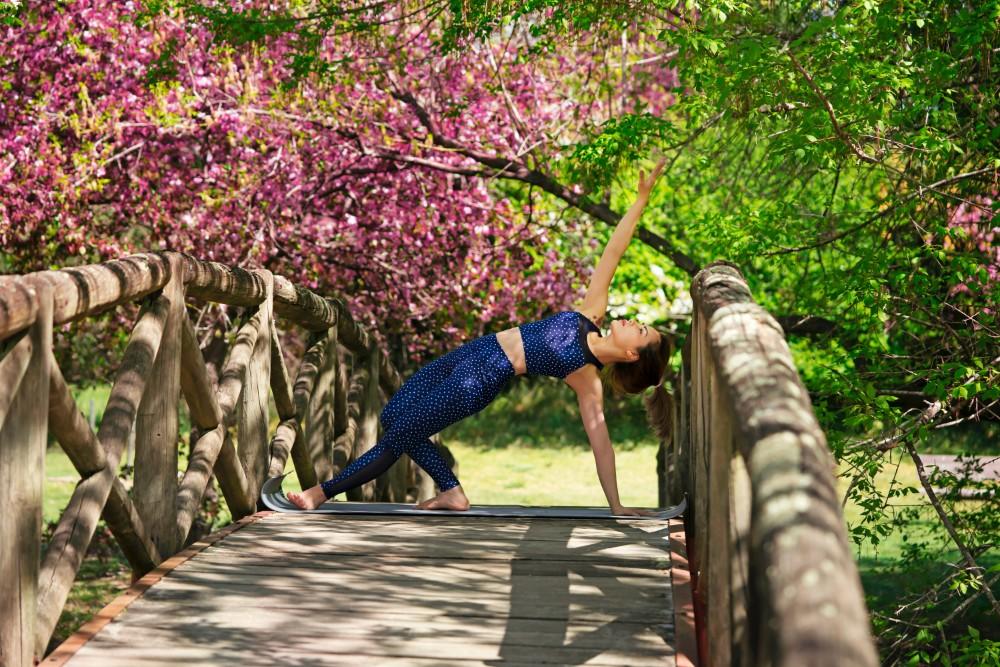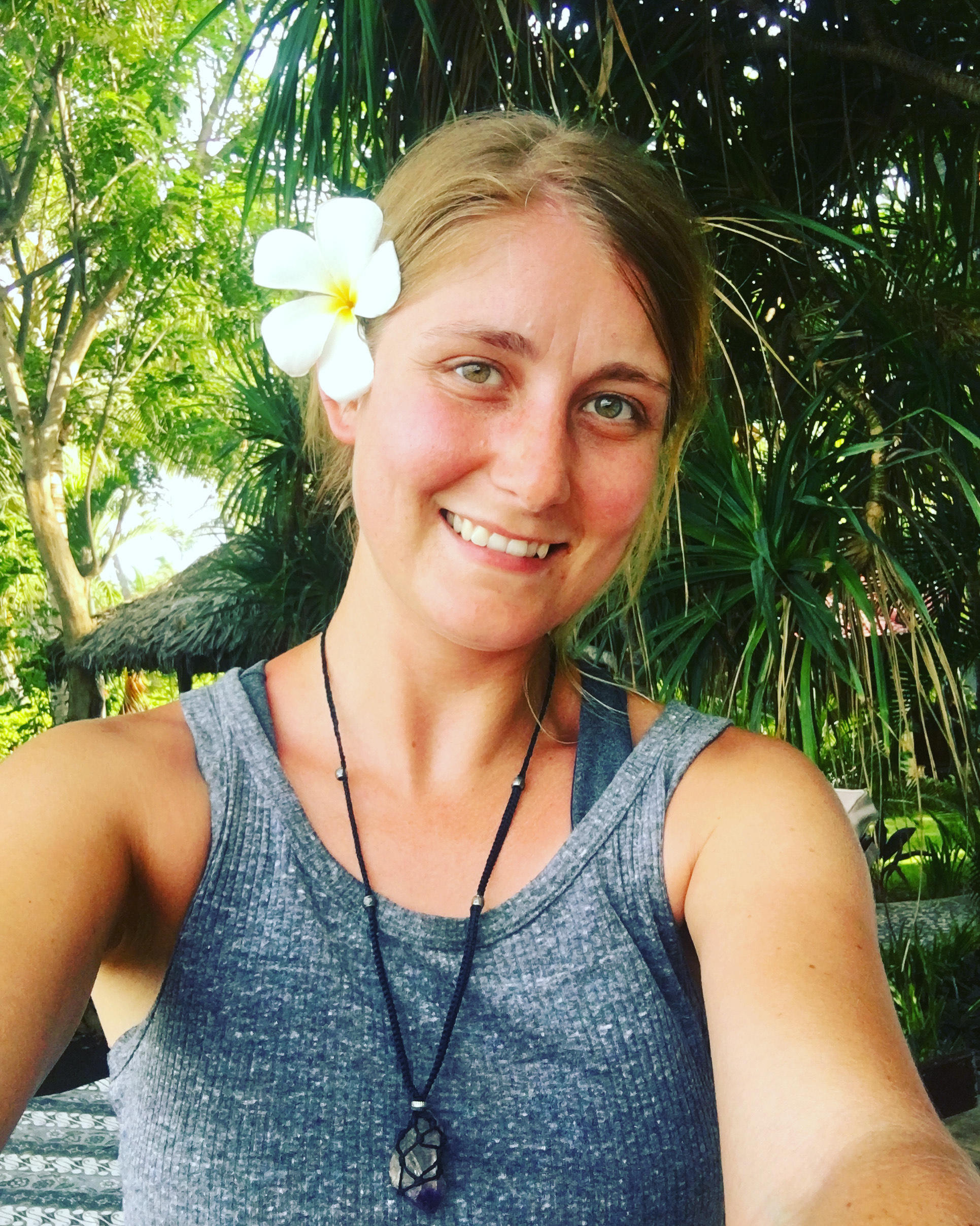Pilates has become hugely popular over the last decade or so, with celebrities such as Madonna and Jennifer Aniston often seen doing their daily workouts. It is no wonder because Pilates offers you with an array of healthy benefits and the results of the exercise is quite outstanding.
Pilates focuses on strengthening the core and improving flexibility. It can be done by anyone, at any age or fitness level. You don't have to be an athlete to enjoy the benefits of Pilates.
But what exactly is Pilates, how can you get started and what is Pilates good for? Here are some of the basics.
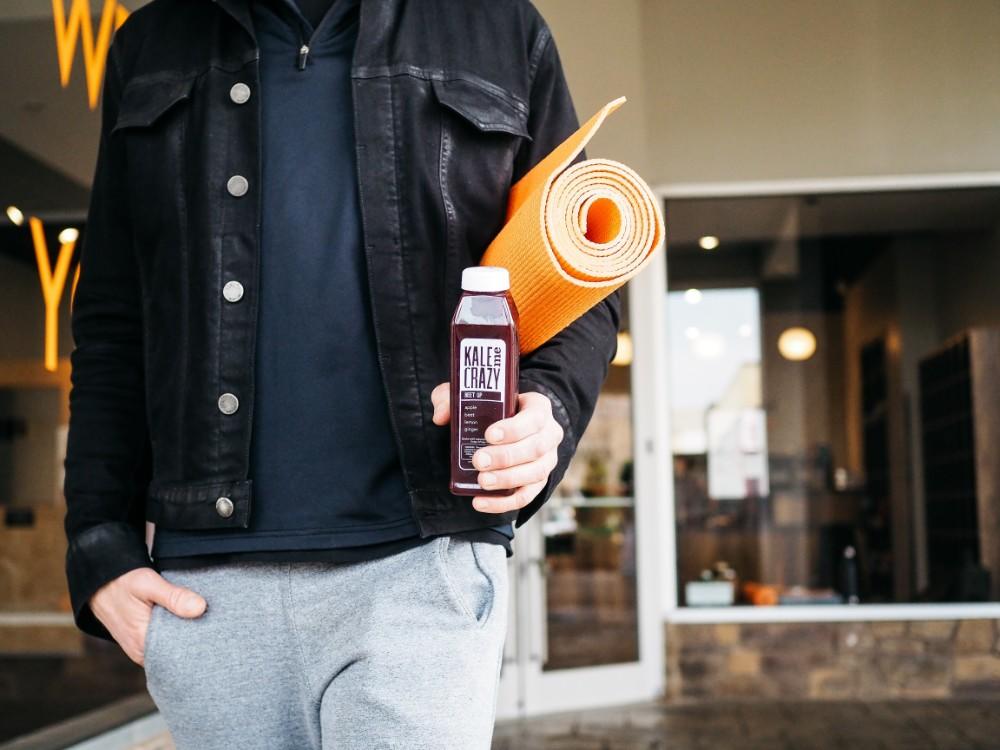

What is Pilates?
Pilates is a physical exercise system that was developed by Joseph Pilates in the early 20th century. The exercise is based on six pilates principles, which are concentration, control, centring, breathing, precision and flow.
Pilates exercises focus on developing core strength and flexibility. They also help improve posture and balance, as well as increase overall body awareness.
This form of exercise uses your body weight as resistance. It's not just about doing a bunch of reps — it's about doing each movement with control and precision, which will help you build strength and balance while improving your posture and flexibility.
Did you know that the Pilates system has over 600 exercises and variations?
Would you like to know if you will be an ideal candidate to start Pilates? Pilates is a great exercise for anyone of all ages really, but there are specific scenarios where Pilates can help an individual recover or truly make a difference in their lives. Here are a few of those:
- People suffering from musculoskeletal conditions such as low back pain, slipped disc, facial palsy, fractured pelvis, sciatica and bunions. These are just a few of many others
- Pensioners wanting to maintain and improve their overall well-being
- Pre- and post natal for mothers to maintain a healthy weight gain during pregnancy, assist the labor process and ensure the after-effect of the pregnancy are not as severe.
- Anyone in sporting career that would like to improve their performance and endurance
The Essentials, Basics And Encouraged Items To Get Started
When you're getting started with your first pilates workout it's important to have proper equipment and clothing so you don't get injured during the workout or take any risks when performing certain exercises. Being prepared will help you feel more at ease so that you have a pleasant experience. Here is a list of must haves to make your practice flow with ease:
- When practicing Pilates, a good Pilates or yoga mat is crucial for an effective workout. This will provide you with support during your exercises, helping you to keep your balance, as well as cushioning your body from the hard floor. A good one is at least 6mm thick and highly resistant to slipping. Very important for a Pilates mat class. If you are planning on taking a Pilates Reformer class then a mat is not necessary as you will be using the equipment during your workout.
- Comfort is essential when you're exercising. Clothes that allow you to move freely, wick away sweat and keep you cool will help you enjoy your workout. A t-shirt and leggings are fine if that's all you have, but if you can invest in some stretchable workout gear that would be fantastic! Here are a few must haves for a enjoyable session:
- A good pair of leggings that is made of stretchy breathable fabric. The proper kind can be quite pricey so you should see it as an investment if you plan on practicing weekly.
- Sports-bra
- Comfortably tie your hair back to make sure it doesn't disturb you while you are exercising
- A comfortable t-shirt or fitted top whatever you feel most comfortable in. It's important to feel as comfortable as possible so you can focus on your practice.
- Open-mindedness is a vital part of learning new things. To really learn something new, we must leave our preconceptions at the door and open ourselves up mentally and physically to make some new changes in our lives.
- Cash to pay the Pilates teacher for the class
- You will need to stay hydrated during your class so it would be a good idea to bring a bottle of water so you can take a sip now and then during the class.
- Accompany your bottle of water with a hand towel. The towel will come handy if you break out a sweat or your instructor might even utilise it as a prop in some of the movements.
- Using props in Pilates is a great way to add support or deepen your movements and stretches. If you have any issues with alignment some of these items can be a great help. If you have some of these at home you can bring them along to class otherwise most instructors will have them handy for you to utilise during the class:
- Resistance bands
- Foam rollers
- Light weights
- Exercise balls
- Cushion
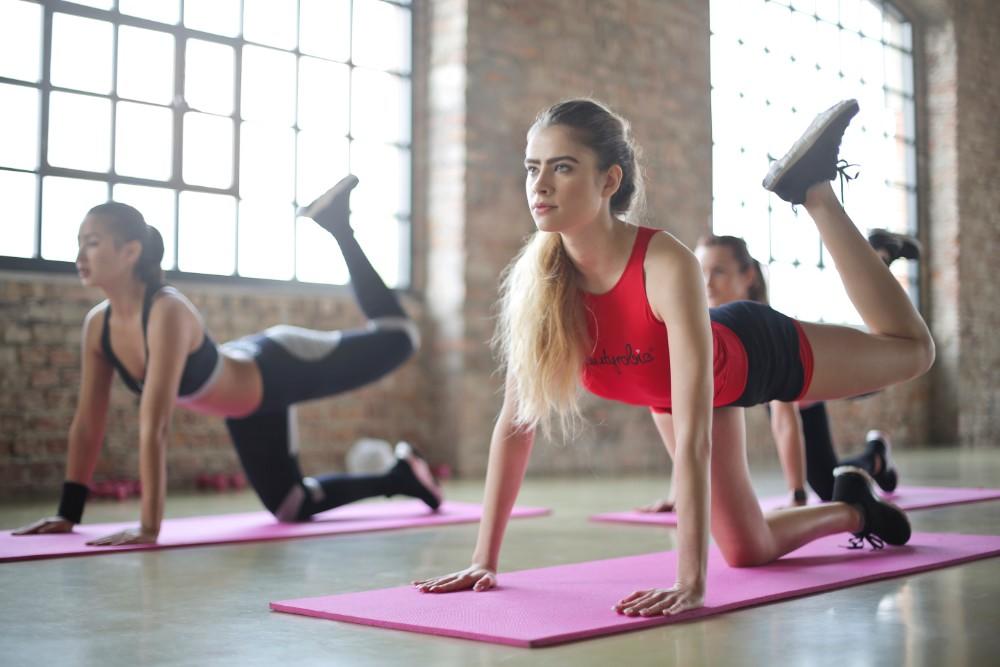
What Is Pilates Good For?
“You will feel better in ten sessions, look better in twenty sessions, and have a completely new body in thirty sessions.” — Joseph Pilates
Pilates is good for anyone who wants to improve their health and fitness levels as well as for those who have physical problems like back pain, shoulder issues or knee injuries.
It is a low-impact form of exercise that focuses on developing strength, flexibility and balance through precise movements and deep breathing. It can be done using equipment like foam rollers and resistance bands, but it’s also possible to do without any special equipment at all.
It’s particularly well suited to people who have suffered injuries or undergone surgery because it helps build strength without putting pressure on joints or bones (which can lead to further problems). Because it’s a non-weight bearing form of exercise, it’s also ideal for those who want to lose weight but don’t want to put too much pressure on their joints during weight loss efforts.
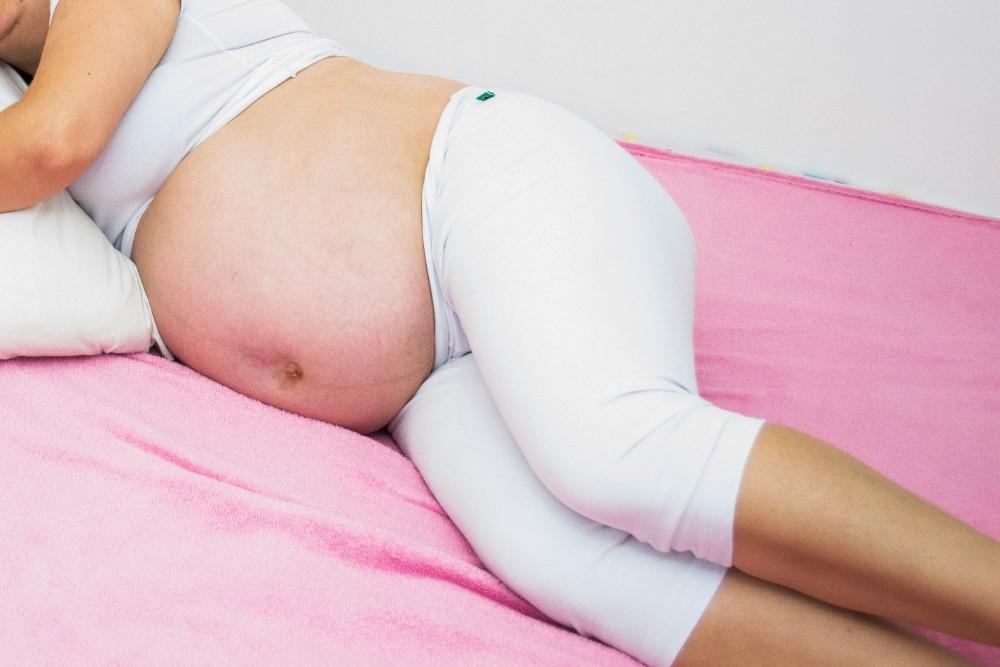
What Type Of Pilates Classes Do You Get?
There are six different types of Pilates classes available including classical, mat, reformer, contemporary, Stott and Winsor Pilates. Let's look at each of them a little more slowly:
- Classical Pilates
This sequence is based on the original work of Joseph Pilates and uses both floor and apparatus work. If you are looking for a routine that gives structure and predictability then this workout would be your best choice.
2. Mat Pilates
If you would like to focus on your core and if you have back pain then this type of Pilates would be ideal for you. It is the same type of movements as in classical Pilates but they are performed on the mat.
3. Reformer Pilates
With many core-strengthening benefits, reformer pilates are performed on a specially designed bed. The only difference between these exercises and the mat postures are the added resistance of the machine.
4. Contemporary Pilates
Also inspired by and based on the classical system of Pilates, this type of Pilates routine is influenced by the instructor, where they attended school and what they prefer to teach. If you would like to start out this type of routine can be less intimidating.
5. Stott Pilates
Moira Merrithew started studying Pilates after a neck injury and created Stott Pilates. This form of Pilates adds props to the movements so this is an excellent choice for those wanting to improve their balance.
6. Winsor Pilates
Renowned Mari Winsor developed this type of Pilates and is based on weight-loss and toning the body. This method became famous through videos and informercials. Winsor Pilates consists of 13 mat movements in 20-minute workouts. This sequence is perfect for beginners or those who have limited time but would like to get in a proper workout.
Pilates workouts are usually done in small groups, one-on-one sessions or at home with videos. If you are more keen to exercise at home and like to spruce up your routine the there are many different types of Pilates equipment available for home use, including mat work, chairs and tables, blankets, springs and more.
Don't you just love Pilates already? From personal experience I can vouch for this exercise routine and with confidence confirm that it's a great workout. Even attending two classes per week has improved my posture especially because I work in front of a computer and carry a baby most of the time. It has also relieved my back pain.
I think it's safe to say that Pilates is definitely worth a try!

